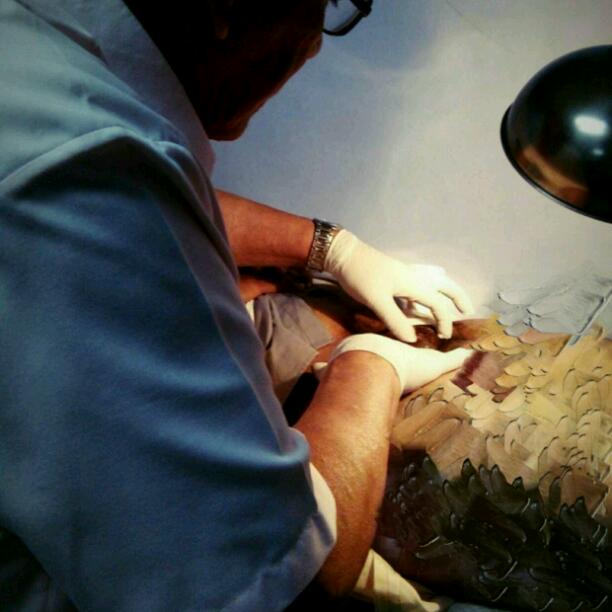
The Problem Based Learning For Medical Schools
Read Count : 129
Category : Articles
Sub Category : N/A
Problem Based Learning (PBL) have conjured a lot of debates among the academe of higher education especially in teaching medical institutions. The arguments were rather old to say the least. Somehow, a couple of years back, when this was introduced in medical schools, very few were ready for it. It was thematic, they usually say, and such would require a complete change in the teaching syllabi. Teaching doctors will require additional training, and a multispecialty teaching staff would be called for since a single topic usually tackles a multidisciplinary approach. Why is this difficult in the majority of medical schools? The answer is quite simple, the teaching staff will need to have a broader, more expanded knowledge on a topic that usually encroach on multiple disciplines. Change is tedious. The PBL approach makes a student better problem solvers. Instead of discipline based learning, a student will be able to integrate multiple principles of a variety of disciplines in a single topic. Learning becomes situational, therefore, recall of theories and basic informations become easy. Instead of incorporating the knowledge in basic medical sciences accumulated through years of studies later on, PBL is geared to teach basic medical sciences by integrating actual medical scenarios from the beginning. Learning becomes motivational and goal oriented, instead of memorization of almost abstract knowledge. How is a student going to understand the principles of Kreb’s Cycle in the pathophysiologic perspective if it is taught in solid, almost incomprehensible scientific flowcharts? But the argument is this. There is no existing research indicating any significant change in the learning advantage provided in PBL as compared to the orthodox, discipline based method. How did this argument even come about when the integration of such learning methodology was never even tried? There were some brave medical teaching institutions who tried to adopt the methodology. But the obvious lack of support from Higher Education made the efforts futile. We can never expect change if nothing is done to begin with. When there is no room for improvement in the educational system, our professionals remain mediocre in the wider, more competetive arena.


